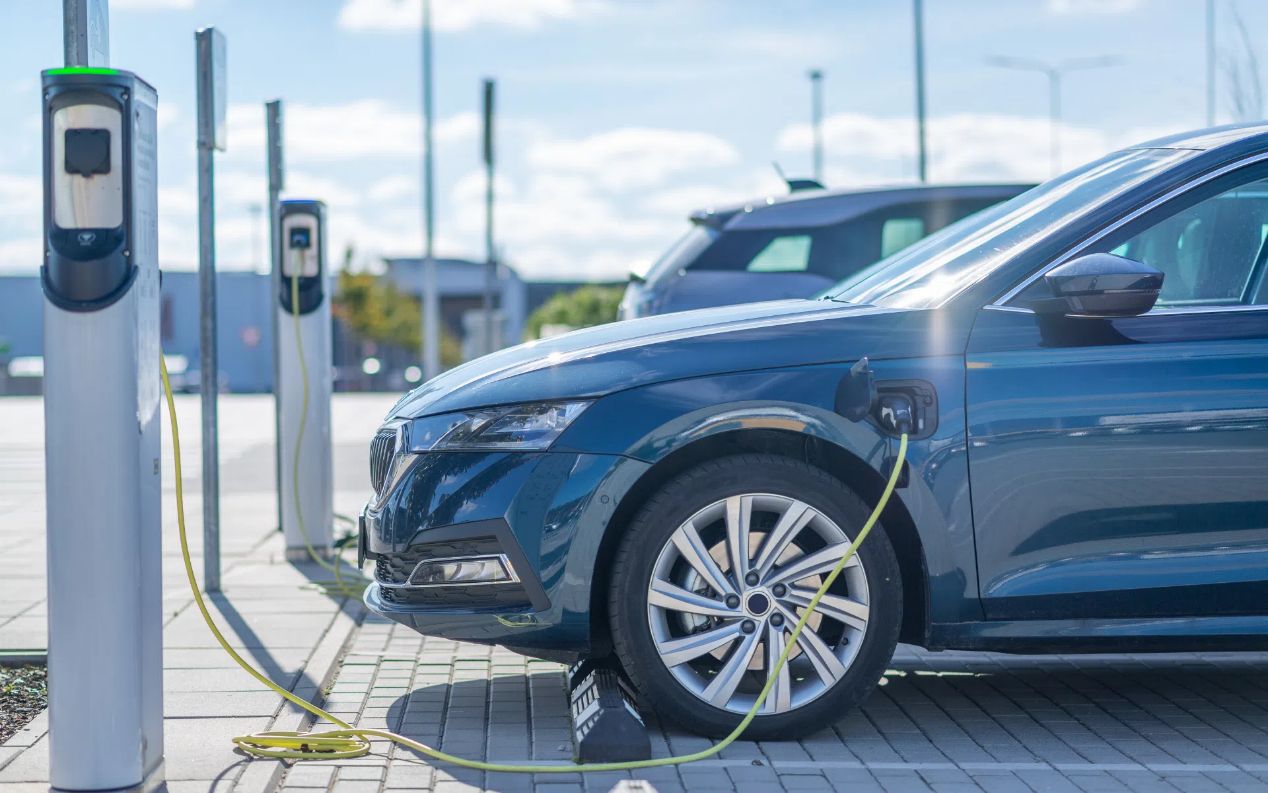The electric vehicles (EVs)
The electric vehicles (EVs) are being promoted at a rapid pace due to regulation in CO2 emission, the electrification of automobiles is progressing around the world with each country focusing on electrification, such as prohibiting the sale of new internal combustion engine (ICE) vehicles after 2030. The spread of EVs also means energy that has been distributed as gasoline will be replaced by electricity, raising the importance and spread of charging stations. We will introduce in detail the market trends of EV charging stations, technology trends, and optimal semiconductors.
EV charge stations can be classified into 3 types: AC Level 1 – Residential Chargers, AC Level 2 – Public Chargers and DC Fast Chargers to support quick charge for the EVs. With the global penetration of EVs accelerating, the widespread use of charging stations is essential, and Yole Group’s forecast (Figure 1) predicts that the DC charger market will grow at a compound annual growth rate (CAGR 2020-26) of 15.6%.
EV adoption is expected to reach 140-200M Units by 2030 which means that we would have at least 140M tiny energy storage on the wheels with aggregated storage of 7TWH. This would result in growth in adoption of Bidirectional chargers on the EV itself. Typically, we see two types of technologies – V2H (Vehicle to Home) and V2G (Vehicle to Grid). As EV adoption grows, V2G aims to supply substantial amounts of electricity from vehicle batteries to balance energy demands. Additionally, the technology can optimize energy usage based on the time of day and utility costs; for example, during peak energy usage times, EVs can be used to return power to the grid, and they can be charged during off-peak times at a lower cost. Figure 3 shows typical implementation of Bi-directional EV Charger.
22kw Wall Mounted Ev Car Charger Home Charging Station Type 2 Plug
Post time: Dec-04-2023









